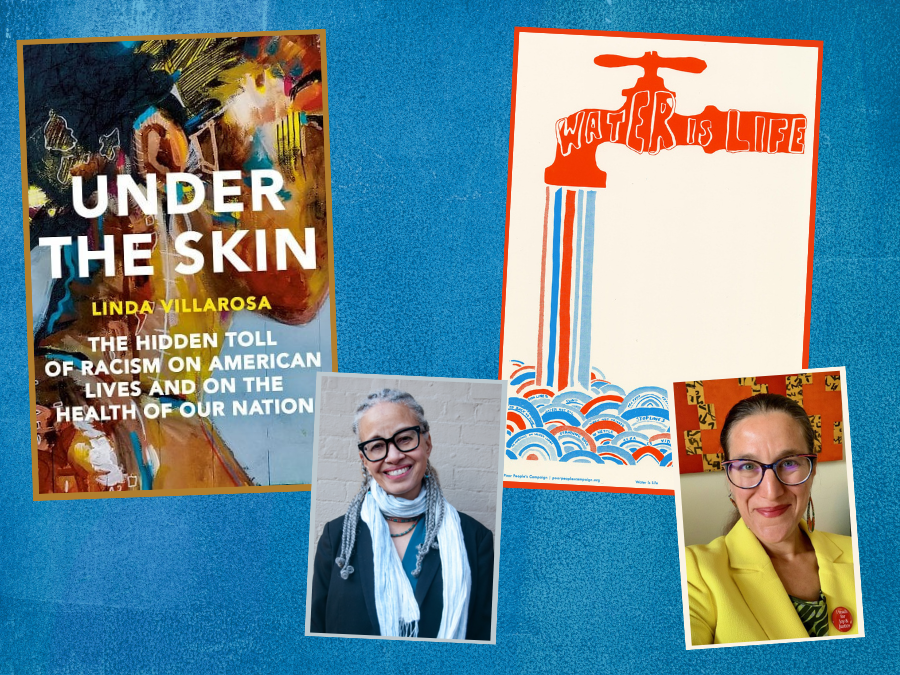
Linda Villarosa and Ursula Wolfe-Rocca
In April, the Zinn Education Project hosted a curriculum workshop for Teaching for Black Lives study groups and other social justice educators to introduce a new classroom activity, “Water and Environmental Racism.” Ursula Wolfe-Rocca, who co-authored the lesson, facilitated the workshop and opened the session by asking participants: What is environmental racism?
After posing the same question to high school students, Wolfe-Rocca realized, “If you don’t have a robust definition of racism, you are going to have a much harder time understanding what environmental racism is.”
Wolfe-Rocca shared geographer Ruth Wilson Gilmore’s definition, from Golden Gulag:
Racism is the state-sanctioned and/or extralegal production and exploitation of group-differentiated vulnerability to premature death.
Wolfe-Rocca suggested educators might need to rewrite the definition for their students’ level of comprehension. For example:
Racism is the collection of different ways a society organizes power and resources so that some groups are more likely to die prematurely than others.
Next, workshop participants were assigned one of 26 mixer roles related to the struggle to access safe water in the majority-Black cities of Flint, Michigan; Jackson, Mississippi; and Newark, New Jersey. In breakout groups, they were instructed to share:
- What specific knowledge or experience does this person have related to the water crises in Flint, Newark, or Jackson?
- According to them, who or what is causing the crisis?
And to listen for:
- Patterns, connections, similarities, differences
- What factors are causing these crises?
As Wolfe-Rocca and Matt Reed write in the lesson:
Ultimately, the stories included in this activity suggest that the injustices faced by the residents in Flint, Newark, and Jackson will not be addressed by merely swapping out pipes or building a new water treatment plant. There is a water crisis; but there is also a housing crisis, a health care crisis, a governance crisis, a funding crisis, and yes, a white supremacy and capitalism crisis. This activity helps students identify key causes of environmental racism so they are better equipped to demand and enact lasting solutions that will add up to a more just world for us all.
Read key takeaways from workshop participants below.
The following week, as part of the Zinn Education Project’s Teach the Black Freedom Struggle online people’s history series, Linda Villarosa joined Rethinking School’s editor Jesse Hagopian to discuss Villarosa’s latest book, Under the Skin: The Hidden Toll of Racism on American Lives and on the Health of Our Nation, which exposes the persistent and deadly racism in the U.S. healthcare system.
Participants shared what they learned and additional reflections on the session:

